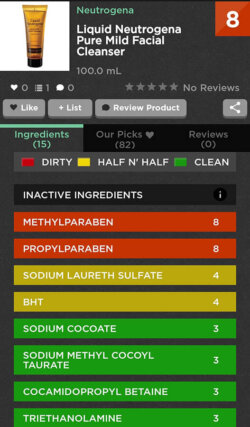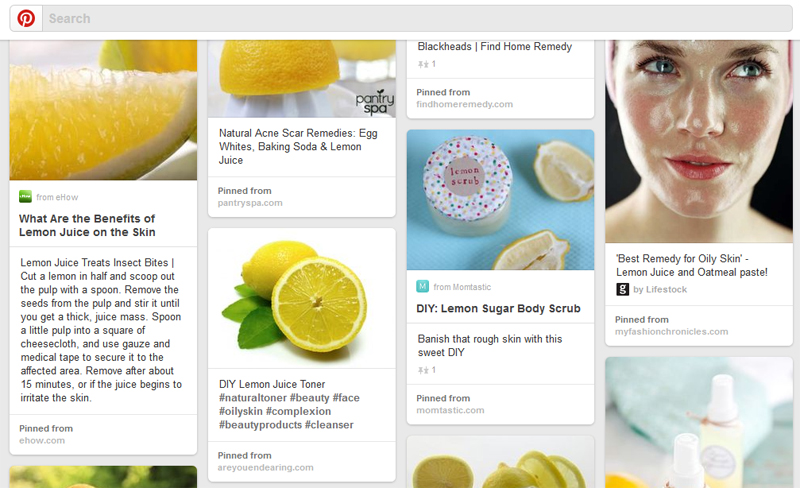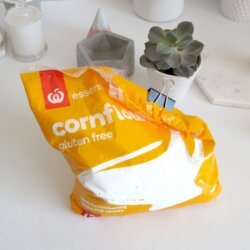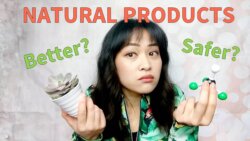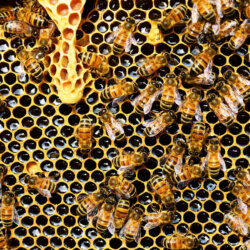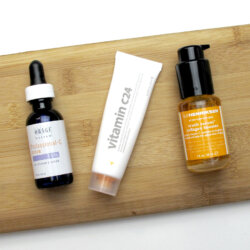Clean Beauty Is Wrong and Won’t Give Us Safer Products
If you use beauty products, it’s impossible to not have heard of clean beauty. It’s a revolution. You want your products to be clean – you don’t want to use dirty products! You want your products to be good for your health and good for the environment. There are beautiful celebrities telling you about how they detoxed and cleaned out …
